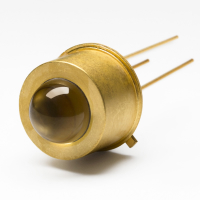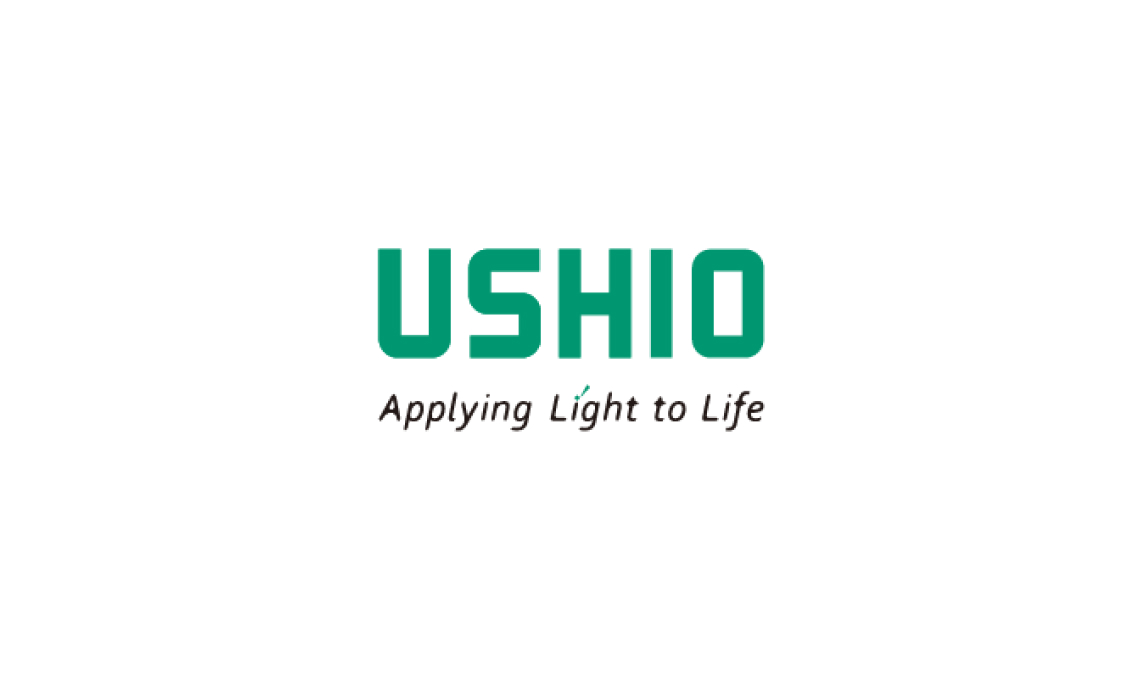Our Products
UV LEDs and Light Sources
Applications for UV LEDs range from chromatography, photolithography and curing of various resins to biological studies, environmental monitoring, purification of water, medical diagnostics, instrumentation and life sciences. UVA LEDs tend to be used for curing applications, whereas UVC LEDs are ideal for environmental monitoring, many life science applications or as a light source for spectroscopy.
Ushio offers the Epitex range of UVA LEDs including high power UVA LED lamps mounted on a lead frame with a clear Silicon lens, UV surface mount TOP LED and high power TOP LED, high power UV LED arrays and high power UV illuminators.
The high performance Optan UVC LED range from Crystal IS includes TO-39 ball lens and TO-39 flat window variants. Available in wavelengths from 250nm – 280nm, Optan is ideal for environmental monitoring and many life science applications. Optan is a perfect light source for spectroscopy – the excellent spectral quality of the LEDs maximizes measurement accuracy and sensitivity in absorption and fluorescence spectroscopy. Instrument manufacturers can leverage LED benefits and lower system costs by replacing UV lamps with Optan.
The advantages of UVC LEDs in analytical instruments include small footprint, lower system cost and lower cost of ownership. Continuous real-time monitoring is enabled by long product life and duty cycle use. Higher sensitivity and lower noise result in better information.
Optan TO-39 Ball Lens

Optan TO-39 ball lens – Built-in lens provides light focus, reduces assembly cost and parts count. Optan Ball Lens UVC LEDs emit ultraviolet light in a relatively narrow wavelength and angular range. These LEDs are for optical sensors in air, water, and surface applications.
- Peak wavelengths in 5 nm increments, from 250 nm to 275 nm
- Up to 5mW optical power output @ 100mA
- Center wavelength tolerance <±5 nm
- 15° viewing angle
Optan 3535 Surface Mount UVC LEDs

Optan Surface Mount (SM) UVC LEDs emit ultraviolet light in a relatively narrow wavelength range and are often used in higher volume sensor applications in air, water, and surface applications.
- Peak wavelengths of 255 nm or 275 nm
- Center wavelength tolerance <±5 nm
- Up to 8 mW optical power output @ 100mA
- 11 nm Full Width Half Max spectrum
